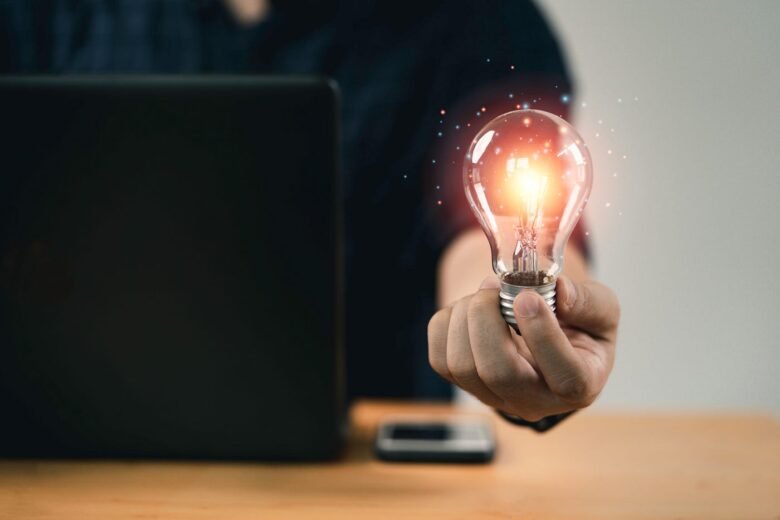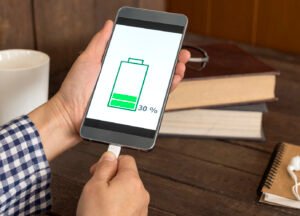Technology can be useful, but it can be overwhelming if you don’t know how to use it. Luckily, there are some simple tech tricks that can make life simpler. These tips don’t require the services of a managed IT service company and are straightforward. Give them a try now!
1. Use Keyboard Shortcuts to Speed Up Common Tasks
Keyboard shortcuts can save both time and frustration. They’re particularly effective for tasks that seem to require mouse clicking, like editing text or switching windows or pages. Cut, Copy, and Paste (Ctrl+X or Cmd+X), along with Paste (Ctrl+V or Cmd+V), are among the easiest keyboard shortcuts to learn and can quickly increase productivity.
Undo/redo shortcuts can be lifesavers when accidentally deleting text or moving important files to an improper location. What’s even better is being able to undo any action without losing progress!
2. Eliminate Distractions
Technology should make life simpler, yet occasionally it feels more cumbersome than useful. Emails, calls, texts, and chatter from colleagues can easily disrupt focus and reduce productivity. You cannot entirely eliminate distractions, but you can take steps to minimize their impact. Try setting phone and desktop notifications at specific times or using a focus app that blocks distracting websites.
Internal distractions such as exhaustion, fear, and worry are more difficult to overcome than external ones, but you can lessen their effect by getting enough rest before starting work and using breathing exercises or meditation as strategies against stress and anxiety.
3. Batch Similar Tasks Together
Task batching helps minimize distractions and mental energy drain by keeping you focused in one work zone for a prolonged period of time. Consider answering all of your emails at once or deep diving into a complicated report without interruptions from time-consuming emails or constant phone calls.
Start by reviewing all of your tasks on your to-do list and grouping them together, using an efficient time management tool such as Ohai to visually organize them into easy-to-view categories with dedicated time blocks for each. For instance, consider dedicating 30 minutes in the morning for emailing, an hour before lunch for communications management tasks, and one at the end of each day for projects requiring extra cognitive energy.
4. Turn off Non-essential Notifications
Push notifications can be extremely beneficial, yet they can also become a major source of distraction. Luckily, every operating system and browser offers settings to control which applications and websites send alerts.
Google Chrome gives users the power to block sites from requesting permission to display notifications and whitelist exceptions, while Apple macOS offers app-specific notifications pause functionality, allowing you to focus without distraction until resuming them again.
5. Optimize your Monitor
An accurately calibrated monitor ensures you experience accurate color, range, and contrast; reduces eye strain and fatigue; and can help increase focus.
Your monitor’s brightness setting can have a profound impact on both image quality and viewing comfort. Too high of an intensity could render dark scenes difficult to see in games with dark scenes or movies featuring them, as well as hinder viewing comfort for everyone involved.
Most monitors come equipped with features that enable users to customize brightness and contrast levels for various lighting conditions, as well as blue light filters and flicker-free technology for improved comfort. Furthermore, some even provide gaming features like virtual crosshairs, which won’t trigger anti-cheat systems in your game.
6. Use an External Keyboard and Mouse
Technology has become an essential component of everyday life, yet occasionally it can feel cumbersome or cumbersome. By following these quick tech tips, you can ensure your devices and software work for you rather than against you.
Utilize an external keyboard and mouse for maximum typing precision and screen protection from accidental scratches. Voice-to-text software is also highly useful when writing emails or notes; this method is faster than typing while decreasing typos or other mistakes.
7. Adjust your screen’s brightness and contrast.
Whether on a PC or an Android device, adjusting the brightness and contrast settings can enhance the user experience while reducing eye strain. Maintaining this optimal brightness level can prolong battery life because brighter screens use more power than displays with comfortable brightness settings. To change screen brightness levels, simply locate brightness keys (usually marked with sun icons) on either your keyboard or quick settings panel to make changes.
Your device may include a night mode that modifies screen colors into warmer hues to help ease sleep at night. For more helpful tech tips and tricks, watch this video from Hayls World.
8. Customize Your Notifications
Modern technology is wonderful, but occasionally it can feel cumbersome and daunting. Here are a few tech tricks to make it work in your favor instead.
Example: Schedule emails and message apps so they only interrupt every two hours, allowing you time and space to check them with full concentration when it is appropriate to do so. Adjust your notifications within the Settings app by changing when and what sound they will play (defaults to beginning, ending, and 1 hour prior).
9. Establish a Dedicated Workspace
Establishing a dedicated workspace can make getting to work much simpler, helping reduce distractions and establish discipline and routine—not to mention showing your staff that their needs matter!
By creating a dedicated workspace at home, it provides your brain with a clear signal to switch into work mode and separate your work life from your personal life, leading to improved focus and productivity. Maintain a tidy and well-organized work area by adding motivational elements that inspire. Please arrange all study or work supplies to ensure they are easily accessible.




